Selecting Ideal Polish for Maple Wood Surfaces
Know Your Maple: Grain, Density, and Natural Behavior
Maple’s tight, closed grain resists deep penetration, which affects oils and waxes differently than open-pored woods. Test on offcuts, watch for surface burnishing, and consider a thin sealer to promote even, predictable polish absorption and consistent sheen.
Know Your Maple: Grain, Density, and Natural Behavior
Hard maple’s density resists dents yet can generate heat during sanding and buffing. Slow down, use sharp abrasives, and avoid aggressive power buffing that risks swirl marks, glazing, or even softening finishes under friction on larger, flat surfaces.
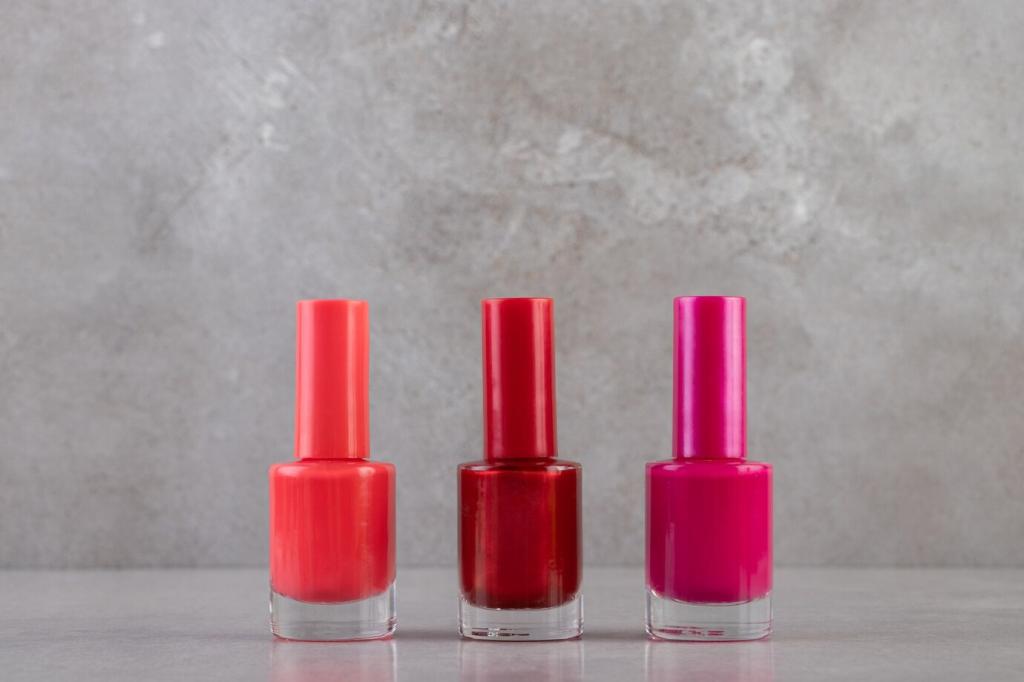
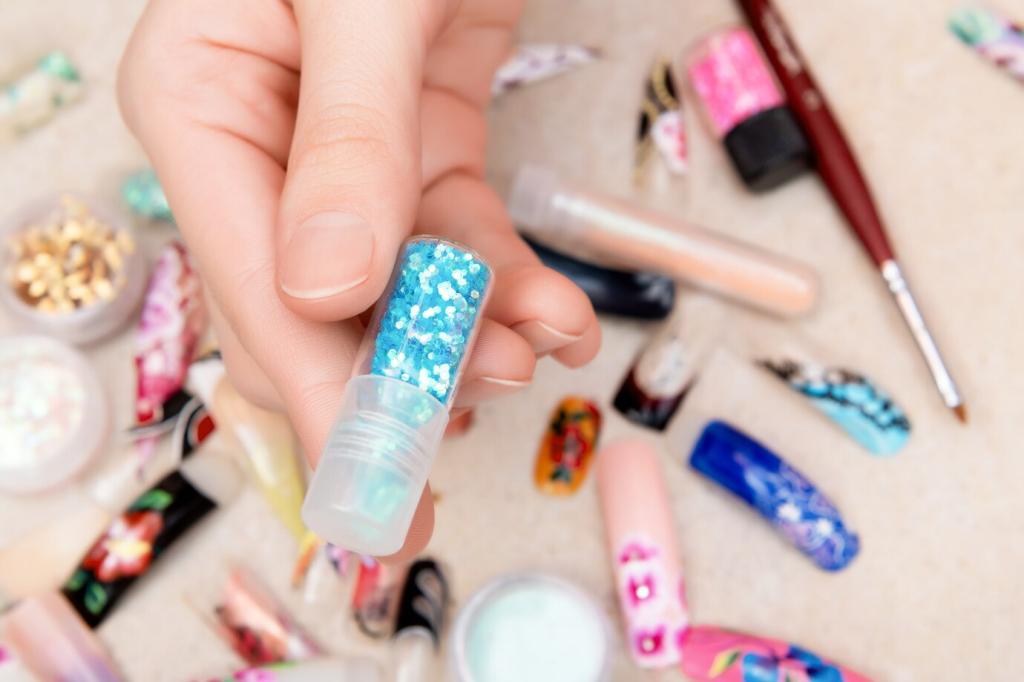
Oil and Hardwax Oil
Pure tung oil polymerizes slowly, adding warm depth and gentle chatoyance, while hardwax oils blend oils and waxes for an easy, tactile satin. On maple, both reward careful prep and thin coats, with straightforward maintenance and attractive natural feel.
Shellac and French Polish
Dewaxed shellac offers clarity and warmth, bonding beautifully to maple and highlighting figure. French polish builds a luminous gloss with patient pad work. It’s elegant, repairable, and resonant on instruments, though vulnerable to heat, alcohol, and standing moisture.

Sheen and Feel: From Matte Calm to Piano Gloss
Matte and satin sheens soften reflections, reducing fingerprints and minor scuffs on maple. They pair beautifully with minimalist interiors and tactile finishes like hardwax oil. Expect a calm, natural look that honors grain without demanding constant polishing attention.
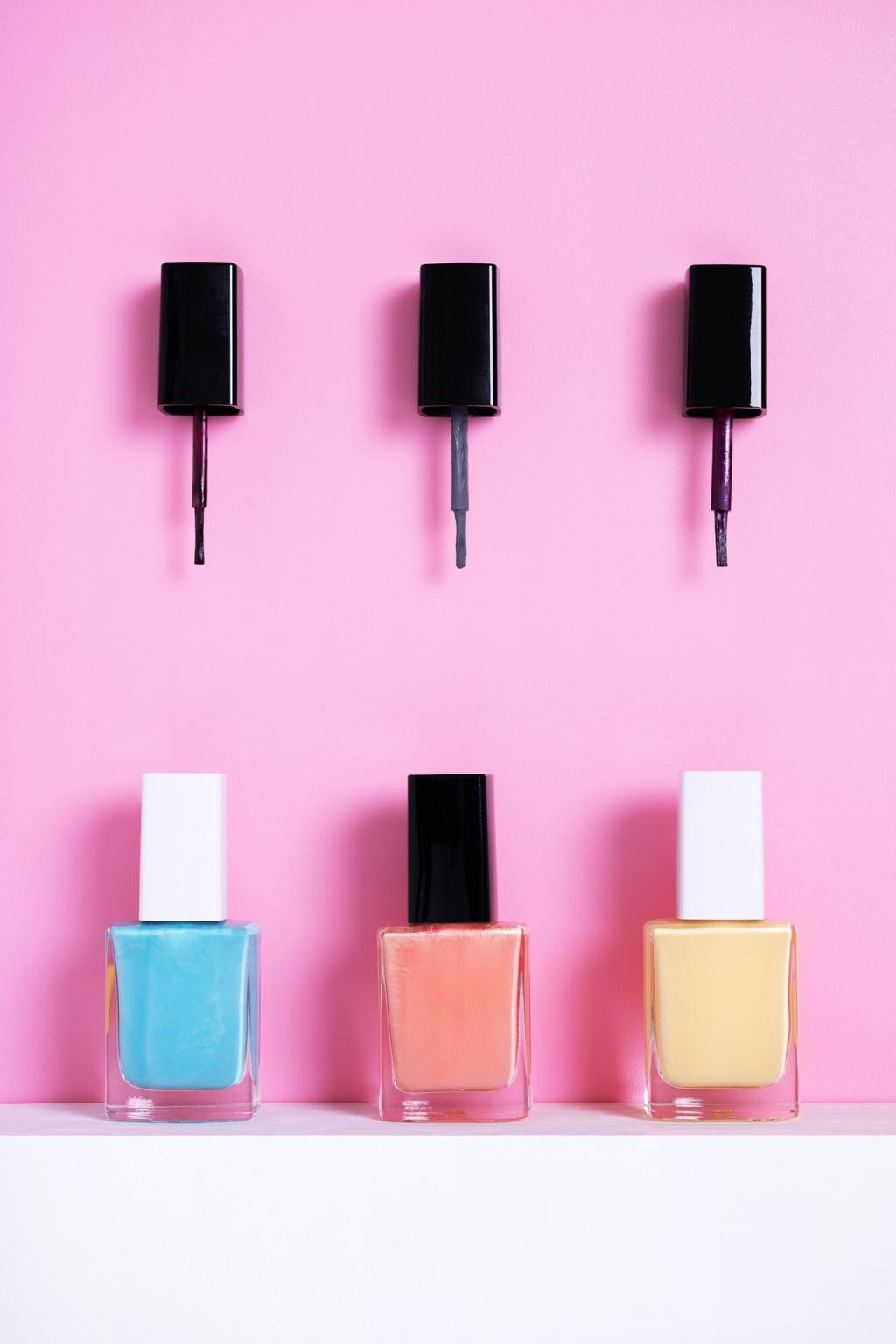
Durability, Use Case, and Maintenance
Dining Tables and Desks
For maple surfaces facing daily wear, water-based polyurethane or a tough conversion varnish protects against abrasion and rings. Use thin coats, allow full cure, and clean gently. Coasters help, and periodic light buffing keeps the sheen lively without buildup.

Color, Clarity, and Figure Pop
Keeping Maple Pale
To preserve maple’s light tone, choose non-yellowing, water-based systems with UV resistance. Avoid oil-heavy steps that add amber. A clear sealer under a waterborne topcoat protects clarity while showcasing delicate figure with crisp, modern neutrality and clean elegance.
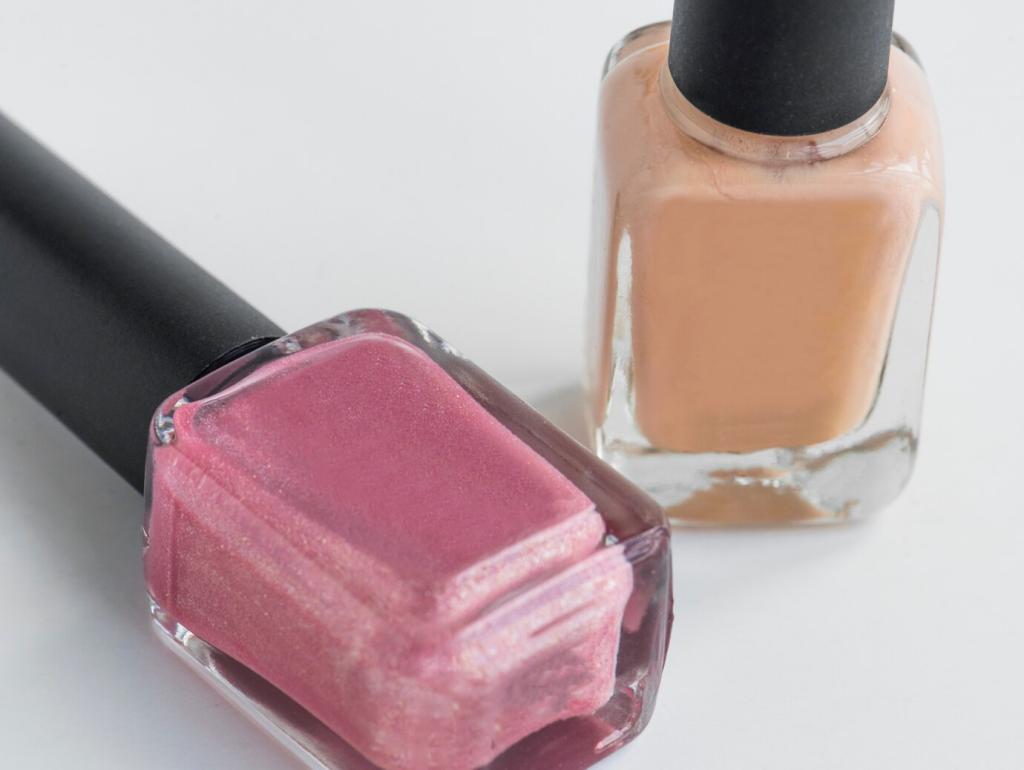

Warmth and Amber Glow
Oil-based finishes bring a honeyed depth many love on maple. Even a lean coat of tung or varnish warms grain beautifully. Test boards reveal how much amber complements your room’s palette, especially alongside textiles and metals under evening ambient light.
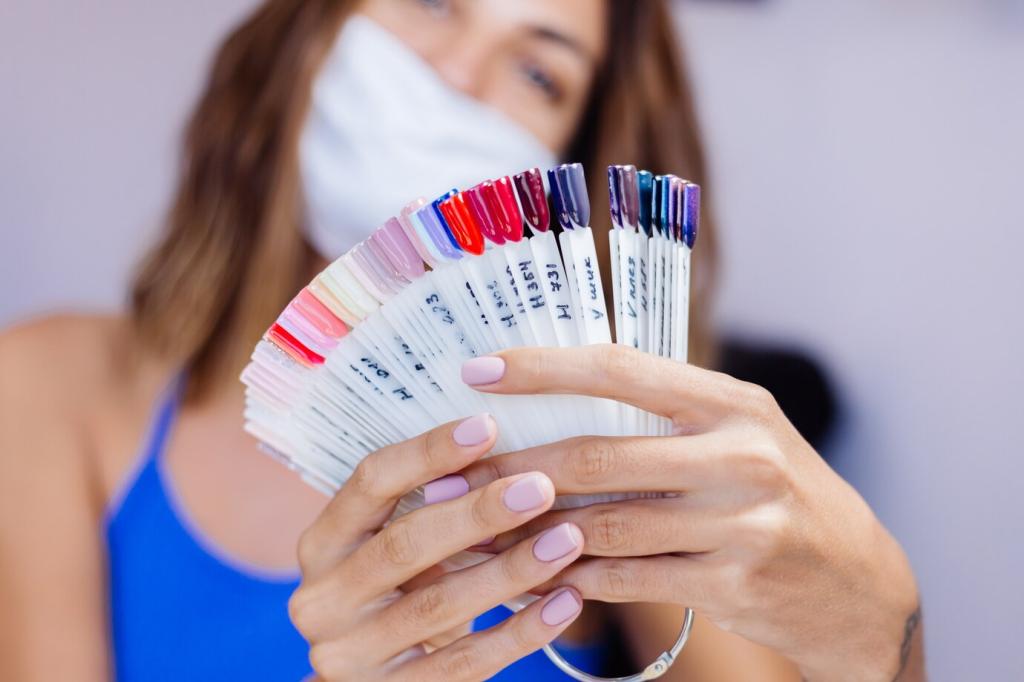
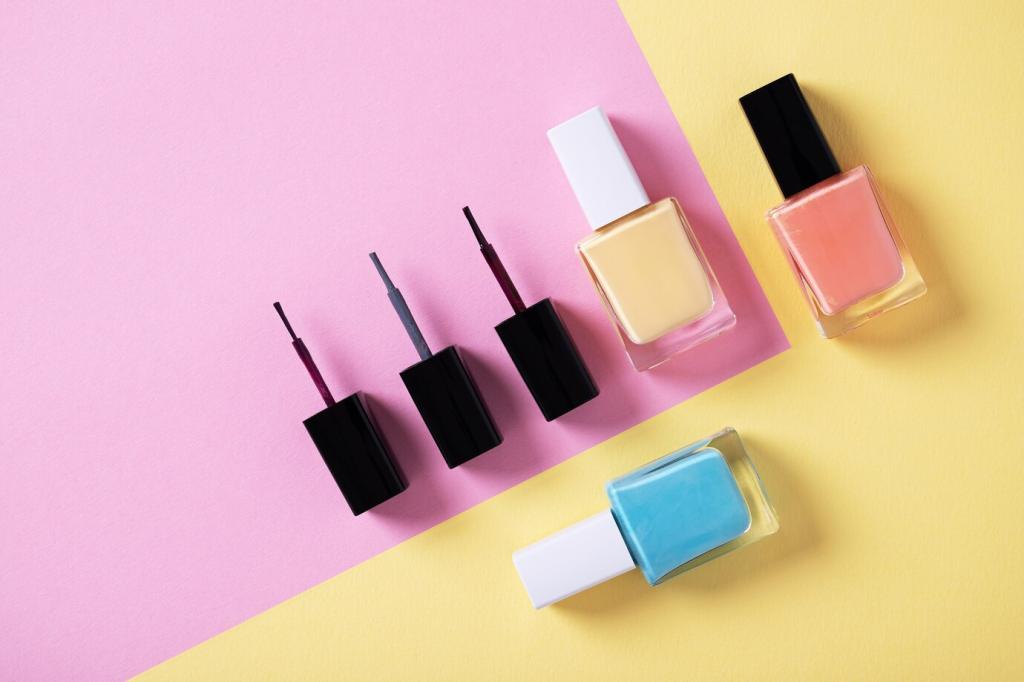
Application Techniques That Respect Maple
Thin, even coats reduce runs and lap marks on maple. Use a lint-free pad, maintain a wet edge, and avoid over-wiping. Let coats flash off fully before recoating, and label your test boards to capture curing behavior and subtle sheen shifts.
Application Techniques That Respect Maple
Choose quality bristles or synthetics matched to the finish, tip off with light strokes, and keep temperatures stable. Maple reveals every flaw, so strain your polish, sand between coats lightly, and respect drying windows for crisp leveling and reliable clarity.
